As many of you have probably figured out by now, I love me some sci-fi. I’ve been following “Sword of the Stars II” for a while now and watched it develop over the past year. A rocky release in 2011 resulted in some fairly low to mediocre scores, though Kerberos Productions’ CEO Martin E. Cirulis recently posted an “ALL CLEAR” (10/19/12) that indicated that they were able to bring their game up to where they wanted it to be.
As a result, I felt it beneficial to give my perspective on the game as it stands now (as of 10/25/12) to give folks an idea of what they’re in for…a “re-review” if you will. Before we get started, I’d like to thank Veronica Gunlycke from Paradox Interactive for sending me a free review copy.
Like its predecessor, “Sword of the Stars II” is a 4x turn-based sci-fi themed strategy game that is similar to games like “Galactic Civilizations II” and “Endless Space”, both of which I enjoyed immensely. For those of you unfamiliar with the genre, you’ll pick a race / faction and lead them to victory through political, technological, economical, and military means. Some games even allow you to customize your ships and build them from the ground up while others simply allow you to add / remove components to a preexisting chassis. These types of games take you and the faction you choose on a journey as you watch them develop from a backwater civilization to a dominant superpower…that is…if someone else doesn’t knock you off in the process.
When you start the game up, you’ll have a few options available to you. You’ll be able to create profiles, create a new game, load an existing game, participate in multi-player, adjust game options, view the in-game encyclopedia, watch cinematics, and check out the game’s credits. It’s worth noting here that the game’s manual, in its current state, boasts an impressive eighty-nine pages. I appreciate how much work went into explaining all of the game’s features. For your reference, I’ll include a link to it at the end of this article.
When you create a new game, you’ll be treated to a game setup menu. Here, you can pick one of six races (DLC adds reskins), each one with their own quirks. You can also choose what map you’d like to play, how large of a galaxy you’d like to play in, how many opponents you want, and more. After you’re done there, you can customize your race in the game lobby a bit before you begin your trek through the stars.
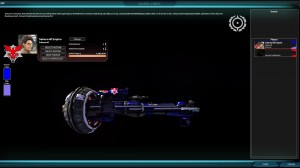
There are three difficulty levels…”easy”, “medium”, and “I’m a cat, and I just crash landed on the planet Melmac.” (watch your ALF, kids)
To new players, starting a new game in this genre can be extremely overwhelming. It’s important to remember that in the galaxy view, time will not advance unless you hit “End Turn.” I recommend that new players take some time to familiarize themselves with the menus and interface before trying to do anything. There IS a steep learning curve, but once you become familiar with the particulars, you’ll be flying through turns like no one’s business. This game is no different in that regard.
First, let me touch on research a bit. “Sword of the Stars II” does something pretty unique…it randomizes what techs you have available with every new game. This feature serves to make things pretty interesting as you won’t be able to rely on your favorite tech every single game to pull you through to victory. You also won’t know what techs will be available in the distant future, giving players a dose of realism. What’s more, there is a racial factor that is considered…that is, some races are better at developing certain technologies than others. All of these things serve to freshen up your standard 4x strategy game tech trees and I personally welcome these features.
Next, I’d like to touch on ship building. While you won’t be able to custom design your own ship and make a fleet of X-Wing Fighters, Enterprises, Battlestar Galacticas, F-302s, and Winnebagos, you’ll be able to choose from different chassis and pick what equipment you’d like them to have. Once you are finished, you can name and save the design for mass production in-game. As you research new technologies, you can redo the ship’s design and retrofit your existing ships to bring them current.
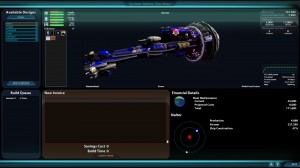
Preexisting templates exist at the start of the game should you not wish to dabble in the ship creator.
Ships are assigned to fleets, which are led by admirals. You’ll have the ability to set a fleet’s standard formation as well as break up the fleet into squads. Once fleets are created, you’ll be able to go from system to system and perform different tasks, the list of which depends based on what kind of ships are in those fleets. For example, you’ll need a colony ship to partake in a colonization mission. I enjoyed playing around with different formations to come up with the best setup.
Of course, you won’t be able to research tech and build fleets without a strong economy. Each planet is affected by various events, which changes its economic rating on the fly. Having a lot of unfavorable events (like being in debt) can affect morale, which cascades into other things. You’ll be able to earn money through taxes and trade, and like in most 4x strategy games, high tax rates will not make people happy. The type of government you have at the time may also influence your economy.
Ship engagements are conducted in real-time, allowing you to personally command your fleet and issue orders. For those of you who don’t have the time or the interest in seeing this portion of the game through, you can opt to let the AI automatically resolve the battle for you. In most cases though, you’re better off adding that human factor instead of letting the computer do the math. Ships that the computer calculates to be a loss might have been saved through some human ingenuity.
I won’t go over all of the game’s features, but that should give you an idea of what you’d be in for. With all of that said, what did I think of the new and improved version of this game?
Having never played the version before the “ALL CLEAR”, I don’t have a baseline for comparison. This does allow me to be impartial however and treat the game as if it were fresh out of the box. “Sword of the Stars II” isn’t without its flaws, but in all honesty, what game isn’t? Every now and then I switch out between 4x strategy games and I’m happy to have been able to include “Sword of the Stars II” to that list. The tech tree portion of this game has to be my favorite feature, but I enjoy running an empire almost just as much.
With that said, there are still some features that could be added and tweaked. Lack of a complete tutorial / walkthru may scare off the casual gamer, especially with how complex the game can be at times. I admit that I was overwhelmed with information when I first started playing and wasn’t sure what I was doing, though in-game tutorial notes helped a little. The interface could be a bit more user-friendly in my opinion, as I saw all of this information but had no idea how it all tied together. The text was also a bit small to read. I did receive a crash to desktop while trying to organize ships in the fleet manager at one point. I can deal with a bug or two so as long as the game isn’t completely broken, which it doesn’t seem to be…though getting the game to work in the first place concerned me a little. I had received a “mars.exe error” that the application had failed to run. After playing around a bit, installing files found inside Steam’s “Sword of the Stars II” folder (DXSetup, vcredist_x64, dotNetFx40_Client_x86_x64), and unchecking the “Prefer 64-bit Process” box on the pregame options menu, I got it to work. Those with similar issues should try unchecking that box first, as that is the solution that I tried last.
As long as Kerberos is willing to support this game to the very end and address the game’s issues in a timely manner, it has the potential to go very far. Judging from the apology written by Martin E. Cirulis on 10/30/2011 (after the game’s launch) offering refunds and free copies of the first game, I suspect that support for this one won’t be a problem. The folks at Kerberos seem to be really invested in making their customers happy, so there’s that to consider. I think it would behoove them to create a functional demo so that players can decide for themselves if they’d want to invest. It would give the added benefit of allowing those turned off by the initial reviews a chance to try out the “ALL CLEAR” / updated version risk free.
In the end, “Sword of the Stars II” does what it set out to do a year ago, provide a good 4X strategy game experience. With some TLC and polish, the game can become even better. It can be a bit involved and “hardcore” at times, so I’d only recommend it to those who are willing to take the time to learn its ins and outs. Currently, it’s going for $29.99 on Steam, though I have seen it go lower than that during Steam sales. If you’re heavily invested in 4x strategy games, then it couldn’t hurt to give this a shot. If anything, it will keep you busy for quite some time.
Final Verdict: 7/10
—
You can learn more about “Sword of the Stars II” by visiting the following websites:
http://www.paradoxplaza.com/games/sword-of-the-stars-ii
You can find this game on Steam, here:

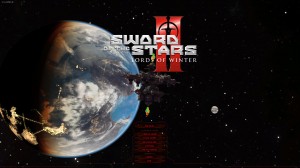
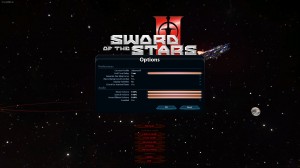
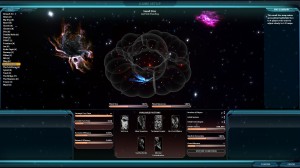
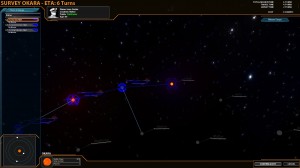
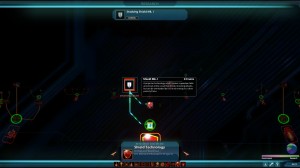
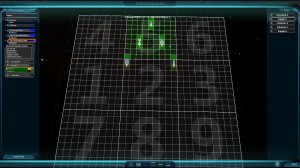
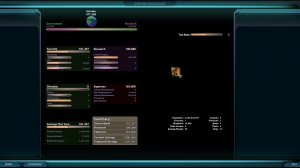
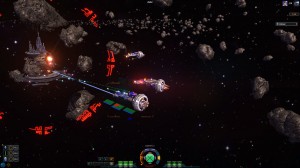
I’m pretty sure that’s the same manual that was made available online back on 11/15/2011. Not very well maintained, sadly.
This manual on the Steam site seems to be more current.
http://cdn.steampowered.com/Manuals/42990/SotS2_v1-2b_010612.pdf?t=1347500939
The latest manual update (1.2c currently) is always available from the game launcher.